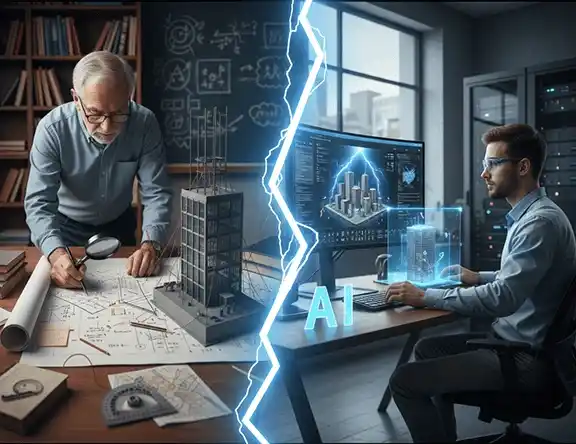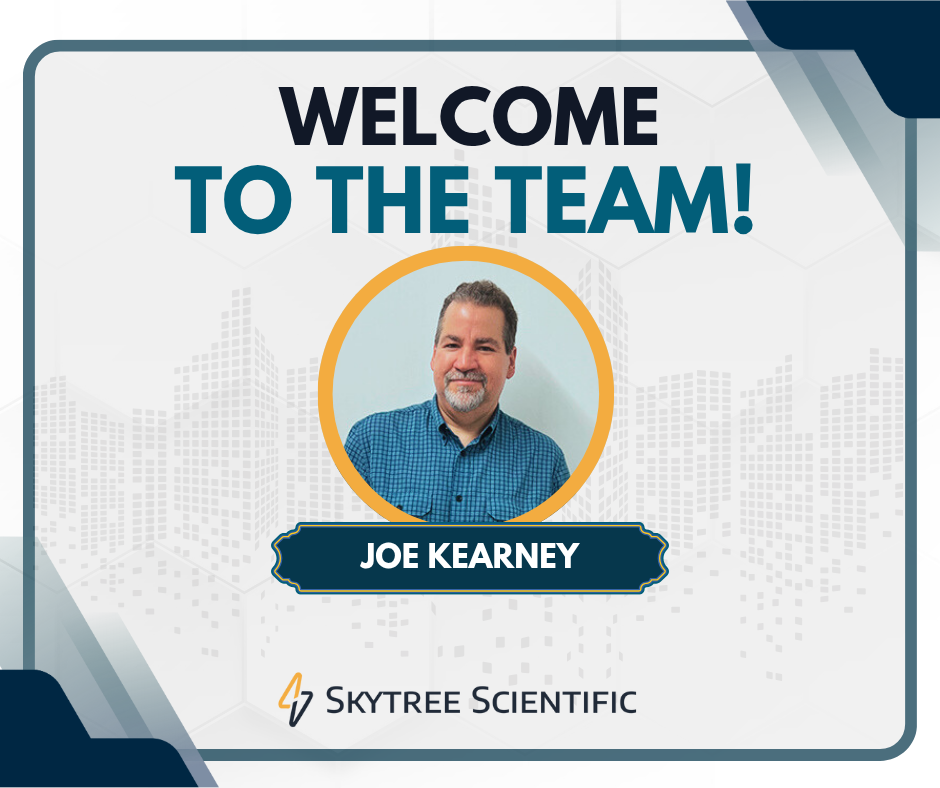Organizations with critical infrastructure must manage lightning risk, which causes billions in damage and poses safety risks annually. To address this, many commission lightning risk assessments to evaluate their vulnerability and determine protection measures. The industry is shifting from traditional manual evaluation methods to modern software-based, data-driven approaches. The differences in time, cost, accuracy, and scalability are substantial, and understanding these differences is crucial for choosing the right strategy.
More info: Lightning Risk Assessment for Commercial & Industrial Infrastructure
Understanding Manual Lightning Risk Assessment Methods
Manual assessments have been the industry standard for decades, relying on hands-on evaluation and human expertise.
The Manual Assessment Process
This process involves:
- On-Site Visits: Qualified engineers travel to each facility, which can be costly and challenging.
- Comprehensive Visual Inspections: Teams manually document structural details, building materials, and existing protection systems.
- Detailed Measurements: Technicians take physical measurements and soil resistivity readings.
Standards-Based Calculations: Risk levels are calculated using recognized standards like NFPA 780 or BS EN 62305/IEC 62305, often using spreadsheets.
When Manual Assessments Make Sense
Manual assessments are valuable for organizations seeking a complete turnkey solution. This is ideal when you:
- Only need a single assessment.
- Lack access to building plans or site information.
- Don’t have personnel familiar with lightning protection standards.
- Prefer to outsource the entire process.
- Are working with complex or unique facilities.
- Are in regulatory environments that require professional engineer involvement.
Advantages of Software-Based Lightning Risk Assessment Tools

Software-driven assessments leverage data and automation to provide key advantages: speed, precision, ease of use, low cost, and access to up-to-date flash density data.
Speed and Efficiency
Assessments that used to take days or weeks can be completed in hours. There are no scheduling delays or weather dependencies, and multiple sites can be assessed simultaneously.
Precision and Consistency
Software tools provide unmatched precision by using standardized, error-free algorithms and ensuring every assessment follows the same rigorous process. They automatically apply up-to-date codes and standards, with built-in validation checks.
Ease of Use
Modern platforms are intuitive and require minimal training. They guide users through step-by-step workflows and can include AI assistants for guidance.
Low Cost
The economic advantages are significant, with software assessments costing a fraction of manual ones. There are no travel expenses, reduced labor requirements, and lower costs per assessment, especially for multiple sites.
Access to Current Flash Density Data
Software platforms provide access to continuously updated flash density maps and historical pattern analysis, which manual assessments often lack. They also streamline the process by automatically integrating essential data and using advanced calculation capabilities to apply IEC 62305 standards consistently.
Comparing Accuracy, Efficiency, and Compliance: Manual vs Software

Understanding how both approaches compare helps organizations make informed decisions.
Accuracy and Reliability
- Manual: Benefits from expert interpretation but is subject to human error. The quality can vary between different teams.
- Software-Based: Delivers consistent, repeatable, and precise calculations using IEC 62305 standards. It requires users to input building details but provides automated access to crucial data and AI assistance.
Efficiency and Speed
- Manual: Projects can be delayed by weeks or months due to scheduling, on-site work, and report preparation.
- Software-Based: Assessments can be completed within hours or days, with immediate, automated report generation.
Compliance and Documentation
Both meet regulatory requirements, but with different strengths.
- Manual: Provides detailed physical documentation and may be required by specific jurisdictions for its professional engineer stamps and certifications.
- Software-Based: Generates standardized, transparent, and unbiased documentation that meets most compliance requirements and offers version control.
Cost Analysis
- Manual: Costs range from $5,000-$20,000+ per site, plus travel expenses.
- Software-Based: Offers features like a step-by-step workflow, automated flash frequency calculation, and professional report generation for a much lower cost.
Choosing the Right Approach for Your Facility's Lightning Protection

The choice depends on your organization’s specific needs and constraints.
Key Decision Factors
- Regulatory Requirements: Some jurisdictions require professional engineer involvement.
- Organizational Scale: Single facilities may find manual assessments cost-effective; multi-site portfolios benefit from software.
- Data Availability: Software requires access to building plans; manual assessments are practical if you lack this information.
- Budget and Timeline: Limited budgets and tight timelines favor software.
Recommended Decision Framework
- Choose Software-Based Assessments when: You need to efficiently run risk assessments on one or more facilities, have access to site data, and operate under tight budgets or timelines.
- Choose Manual Assessments when: You need a single, turnkey service; lack building data; or work in highly regulated industries requiring professional engineer involvement.
The Future of Lightning Risk Assessment
The industry is moving toward data-driven approaches that combine the speed of software with human expertise. Emerging technologies like AI and machine learning will further enhance accuracy. Choosing a methodology aligned with your needs while staying open to new technologies will best protect your facilities from lightning risks.






